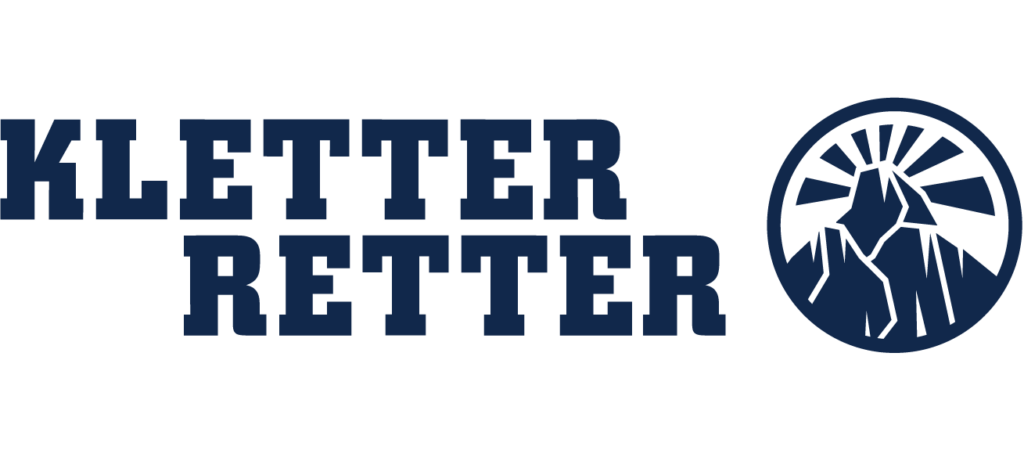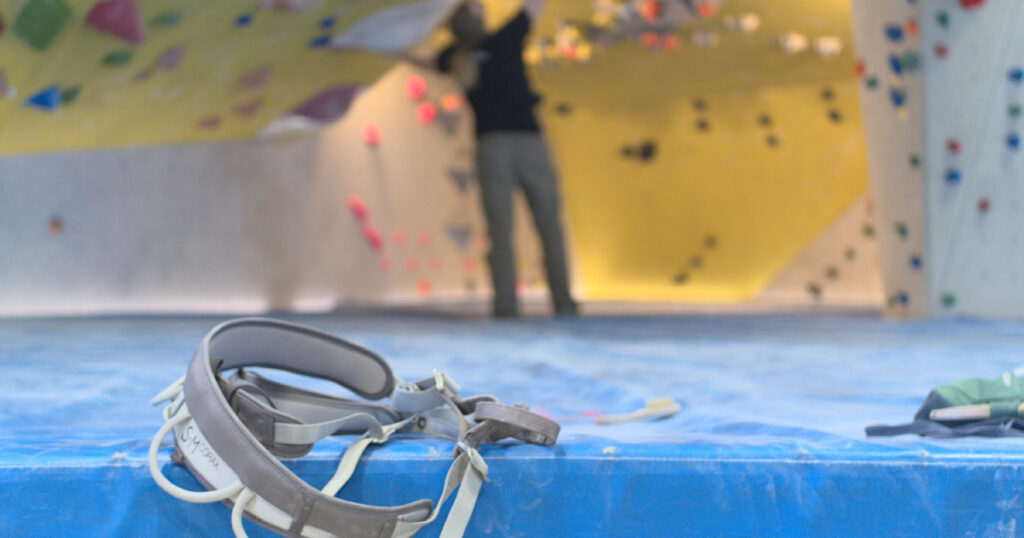KletterRetter Blog
Climbing basics: Basics that every (good) climber must master
Although climbing is a skill-based sport, as a newcomer it is easy to fall into the mistake that harder climbing requires more strength. This impression is supported by countless videos on social networks in which climbers demonstrate their physical abilities. One-armed pull-ups, muscle-ups or hanging on a micro edge with two fingertips – none of this seems to be a problem for them. However, in order for top athletes to really achieve their potential, they have to perfect their technique. After all, a well-built race car also needs a capable driver. Before you start tuning your engine, you should learn how to avoid the gravel bed. In other words: when you start climbing, you first need to acquire the most important techniques before the fingerboard, campus board and co. become interesting.
Learning the basics is surprisingly easy. Not everything that makes for good climbing style is intuitive. However, if you know what to look out for and apply this knowledge, it can quickly make a huge difference.
If you keep an eye on your feet, you will climb better
Almost every beginner has problems with their feet. Because we use our hands on the wall, most beginners are focused on finding a secure hand hold. The feet, on the other hand, are carelessly placed, sometimes even without looking down.
You should absolutely avoid that, because your feet play a very important role in climbing. If they are well placed, you can get a lot of strength from your legs and relieve the upper body. If they are placed insecurely, the opposite is the case. If things go really bad, they’ll even slide off, leaving your hands and arms to do all the work. This not only takes strength, it also creates a feeling of insecurity. This in turn affects the entire climbing style. You can’t climb freely like this.
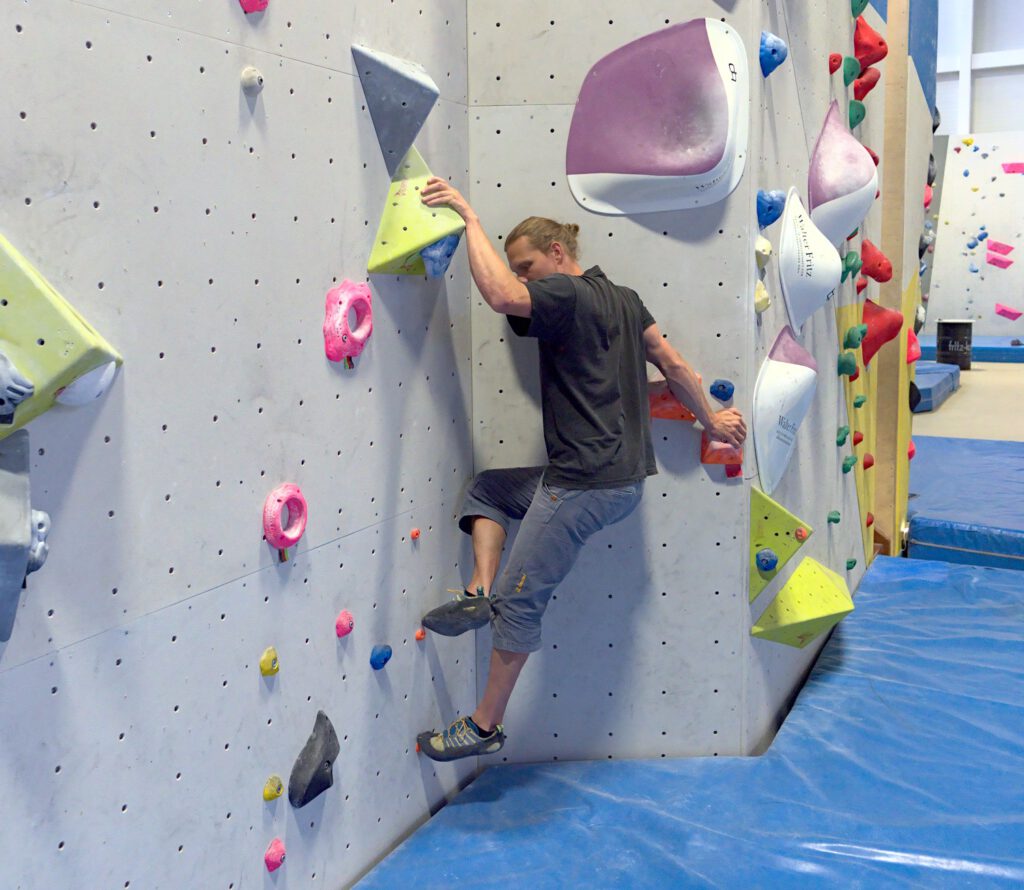
How you (probably) stand and how you should stand
Good foot technique is not rocket science and starts with paying attention to your feet for as long as necessary. In concrete terms: if you reach a point while climbing where you realize that you have to catch up with your feet, look down. Then you continue to place your foot, but let your gaze rest on the foothold until your foot is firmly in place. Only then do you look away again.
In most cases solid foot placements mean that you stand on your toes. Beginners often get it wrong. You stand with the ball of the big toe or the metatarsus on the foothold. This often works well at the beginning thanks to big footholds, but you shouldn’t make a habit of it. On one hand, the footholds quickly become smaller as you progress and make this technique redundant, on the other hand, you severely restrict your freedom of movement. When standing on your toes, you can rotate your foot as you wish and raise or lower your heel if necessary. If the ball of the toe or the metatarsus is sitting on the foothold, this will not work.
By the way: a good climbing shoe supports you when you stand. Sneakers or rental shoes are therefore not a permanent solution. As soon as you realize that climbing is for you, you should buy your own well-fitting pair of climbing shoes.
Long arms: don’t move more than you have to
Moving efficiently means using muscles only as much as necessary. When climbing, this is especially true for your arms and fingers. Letting yourself be carried off your feet thanks to good foot technique is half the battle. The strain on the upper body can also be reduced by avoiding unnecessary movements. This includes the permanent pulling of the arms. For many beginners, it seems completely natural to keep your body close to the wall at all times while climbing. In fact, this eats up your energy reserves and means that you have to give up sooner on a route. It is better to hang on straight arms as often as possible.
This does not mean that the arms have to stay straight all the time. Sometimes pull ups can only be released by pulling in your arms: However, it is important to only tense your arms for as long as is necessary for movement. Once you have reached the next hold, stretch the new holding arm and relax the other.
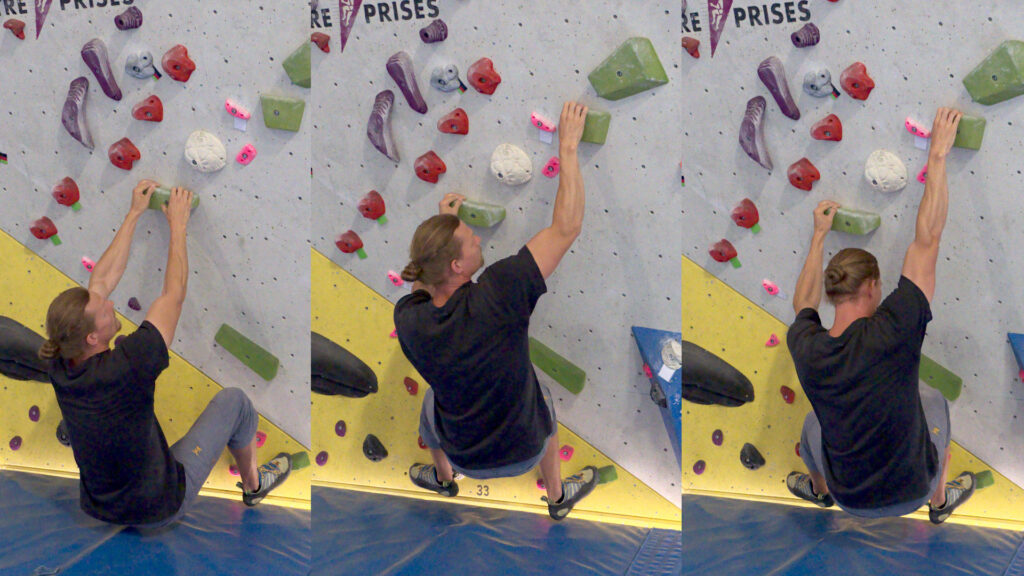
Reaching further is often followed by stepping further. In this phase, the work of the arms is ideally completely limited to holding. Beginners often have difficulties with this as well. They pull in their arms as they reposition their feet, although that is not necessary for movement. The long arm is doubly useful right now: on the one hand, it is more efficient. On the other hand, it allows you to lean a little out of the wall and see better whether your feet are landing safely on the footholds. If your nose is too close to the wall because you are flexing your arms unnecessarily, you will not be able to see your feet properly.
Your hip position makes a big difference
It is obvious that our work with arms and legs has a significant influence on climbing. This does not apply as much to the use of the core, but that does not make it any less important. Clever use of the hips often makes it possible to consistently implement the techniques already described.
It is not so much about the anatomical construct “hip” – even if its mobility is important for climbers – but about the body’s center of gravity and its positioning. In order to climb efficiently, it is important to find stable body positions in which you hardly need any strength to stay on the wall. Positions that also allow you to release a foot or hand without tilting off the route or swinging. The key to this is often the shift in the body’s center of gravity.
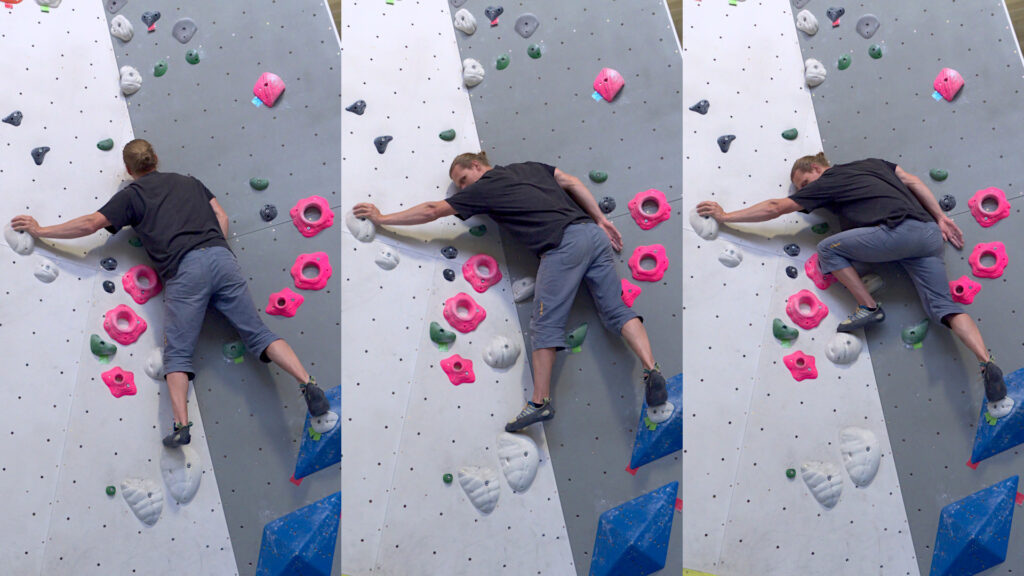
Here is an example to illustrate the idea: imagine a four-legged table with a buffet in the middle. If you take one leg away from the table, it becomes unbalanced and falls over. If you push the food towards the other three legs beforehand and then remove the fourth leg, nothing happens. The table stay upright and the party can go on. You are pursuing the same goal by shifting your hips in one direction or the other before each move. In this way you can relieve a hand or foot so that you can pull or kick without much effort. The ability to find stable positions is also useful when clipping quickdraws or having a break on the wall.
Admittedly, that doesn’t work in every climbing situation. Sometimes it’s the inevitable instability that makes a move difficult. In beginner routes, especially in the gym, this should be the exception. If you find it difficult to continue your feet and hands without swing or to loosen a hand or foot without swinging off the wall, you have probably not found the correct body position yet. In my next article I will explain to you how you can get a better feeling for it and which exercises you can use to train the other climbing basics.
